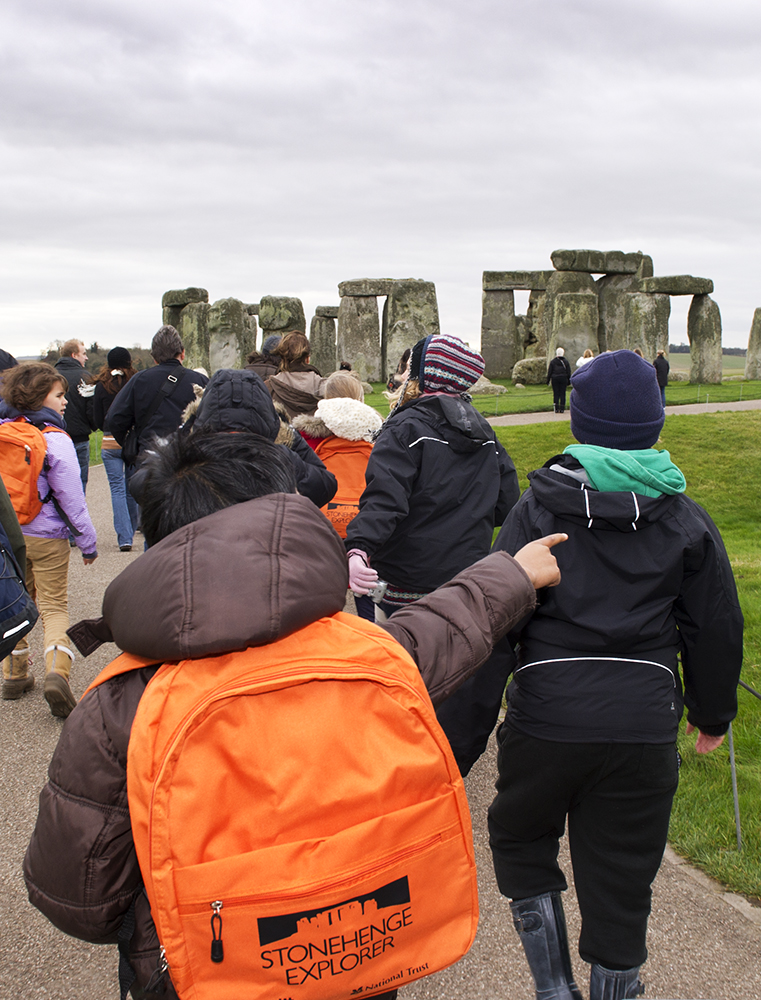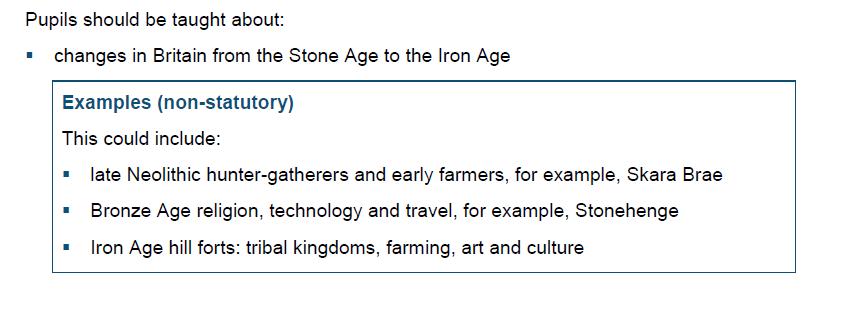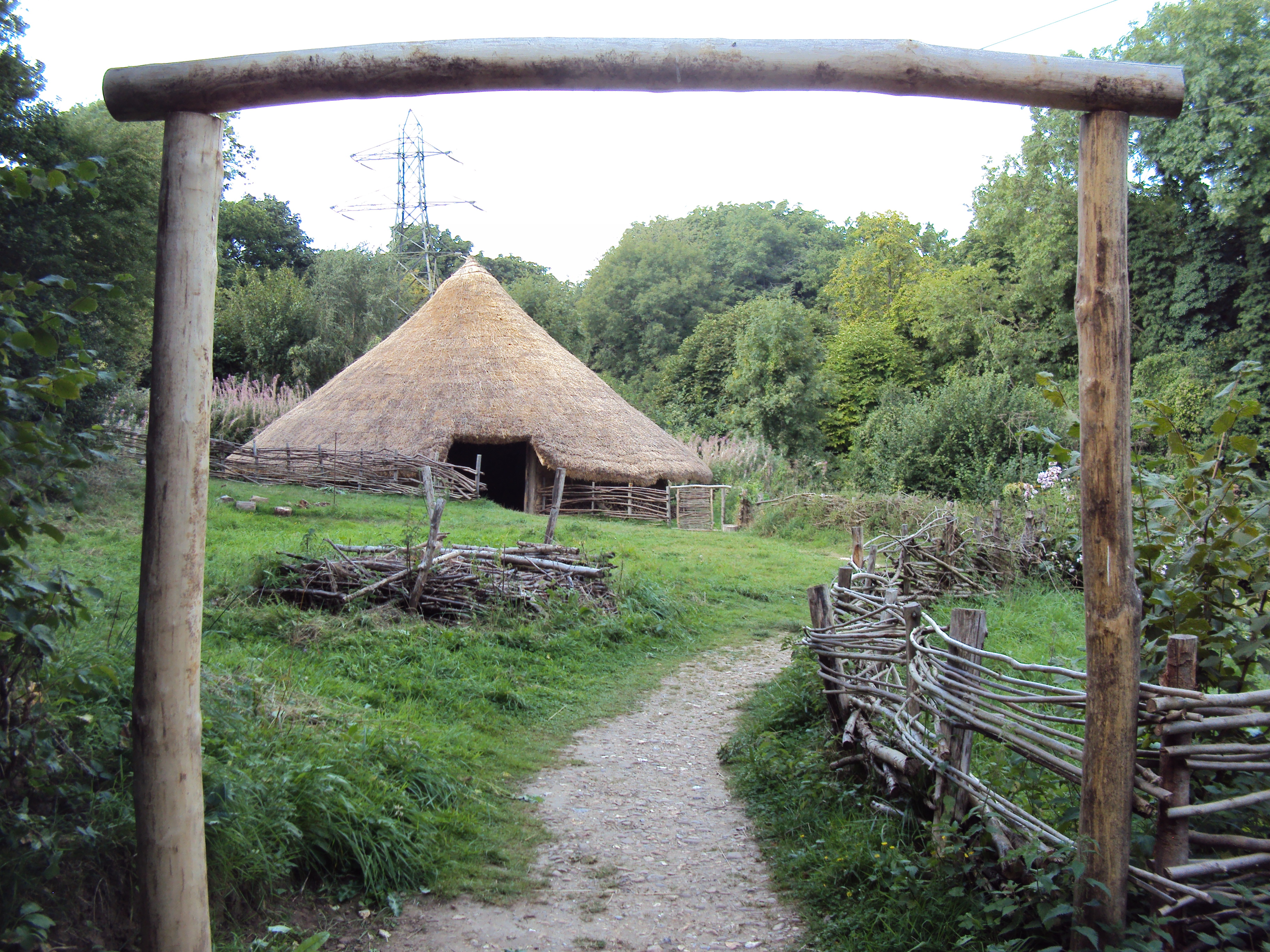If you’re planning your 2014 history curriculum soon and thinking of teaching Stone Age to Iron Age Britain in the autumn term, fear not about tying it in with Christmas. There are loads of ways in which you can use Christmas to discuss prehistoric life and ways of seeing the world.
![The entrance to Newgrange. Note the 'roofbox' that would let light in at midwinter sunrise. By Superchilum (Own work) [CC-BY-SA-3.0 (http://creativecommons.org/licenses/by-sa/3.0)], via Wikimedia Commons](http://schoolsprehistory.files.wordpress.com/2013/12/180px-newgrange_ireland_03.jpg)
The entrance to Newgrange. Note the ‘roofbox’ that would let light in at midwinter sunrise. By Superchilum (Own work) [CC-BY-SA-3.0 (http://creativecommons.org/licenses/by-sa/3.0)], via Wikimedia Commons
Christmas is placed very close to the midwinter solstice. Many Neolithic (new Stone Age) monuments are aligned on the midwinter sunrise or sunset and so it is likely that there were ceremonies held around this time to ensure the coming of spring. Monuments with this alignment include Maes Howe on Orkney, Newgrange at Brú na Bóinne in Ireland and, of course, Stonehenge. The rites may have involved
some kind of sacrifice, an altogether bloodier affair than modern druidical get-togethers.
Much of the rest of the links to Christmas traditions are very much based on supposition from later traditions and educated guesses about the way people used to live. Sometimes there’s not always the evidence available to support these suppositions.
Fire is still used in the Up Helly Aa midwinter festival in the Shetland Islands. Based on Viking traditions, these would have stretched back into the Iron Age. The idea of bringing light to the darkest time of year cannot have been difficult to come up with in prehistory, as in later centuries. Bronze Age burnt mounds spring to mind, such as those found at Bradley Fen, Whittesley in Cambridgshire. These were placed on the edge of the fen, just on dry ground. Burnt mounds are a mass of cracked and burned flint pebbles, usually next to a water trough or natural watercourse, and often associated with animal bones. Light and feasting were clearly part of the prehistoric ritual year, but was it at midwinter? Archaeologists aren’t sure.
![Iron Age quadrangular pillar from Pfalzfeld, Germany. The faces are crowned with mistletoe leaves. By w:de:Sozi, Sozi (photographed by myself, V2/4) [Public domain], via Wikimedia Commons](http://schoolsprehistory.files.wordpress.com/2013/12/320px-pfalzfelder_saeule.jpg)
Iron Age quadrangular pillar from Pfalzfeld, Germany. The faces are crowned with mistletoe leaves. By w:de:Sozi, Sozi (photographed by myself, V2/4) [Public domain], via Wikimedia Commons
The tradition of bringing greenery into the home has a very long history, too. What could be more of a symbol of fertility and the promise of the return of spring than an evergreen, whether that’s holly, ivy or a pine tree? Despite the lyrics of the song, holly and ivy have very little to do with celebrating the birth of Christ. Another evergreen is known to have been of importance to Iron Age druids: mistletoe. Whether you use Asterix or Caesar as your source, it’s clearly documented that druids collected mistletoe for use in their ceremonies, along with sacrifice, and there is mistletoe iconography in Celtic art on the continent.
Gift-giving would have been a regular occurence in prehistory, used to negotiate social relationships between peers, and between the more and less powerful. Much of what we see as ‘trade’ would actually have been gift exchange. If communities are getting together for midwinter ceremonies, gifts are bound to be given and received.
![Decorated Saami drum used by shamans. The world is divided into three layers. The upper world related to sky - there's clearly a reindeer up there! By Christopher Forster and Tor Gjerde (Own work) [CC-BY-SA-3.0 (http://creativecommons.org/licenses/by-sa/3.0)], via Wikimedia Commons](http://schoolsprehistory.files.wordpress.com/2013/12/206px-sc3a1mi_mythology_shaman_drum_samisk_mytologi_schamantrumma_190.png)
Decorated Saami drum used by shamans. The world is divided into three layers. The upper world related to sky – there’s clearly a reindeer up there! By Christopher Forster and Tor Gjerde (Own work) [CC-BY-SA-3.0 (http://creativecommons.org/licenses/by-sa/3.0)], via Wikimedia Commons
Ethnographic evidence is not terribly fashionable at the moment, but it seems relatively acceptable to look to the traditions of the Saami (previously known as Laps) in northern Norway and Sweden. Some Saami continue their ages old semi-nomadic way of life herding reindeer. They were forcibly converted to Christianity in the 17th century, but a great deal of information exists about their pre-Christian traditions, which include flying reindeer pulling a supernatural being behind them. Remind you of anyone?
The Christmas story is, of course, very much embedded in this midwinter mixture (which also includes many aspects of pagan Roman Saturnalia). Exploring the pre-existing traditions that it was introduced into would give pupils a really rounded view of why we do what we do at this time of year.
References
Aldhouse-Green, M 2005. The Quest for the Shaman. Thames & Hudson, London.
Green, M 1997. Exploring the World of the Druids. Thames and Hudson, London.
Pryor, F 2003. Britain BC. Harper Perennial, London.


![The entrance to Newgrange. Note the 'roofbox' that would let light in at midwinter sunrise. By Superchilum (Own work) [CC-BY-SA-3.0 (http://creativecommons.org/licenses/by-sa/3.0)], via Wikimedia Commons](http://schoolsprehistory.files.wordpress.com/2013/12/180px-newgrange_ireland_03.jpg)
![Iron Age quadrangular pillar from Pfalzfeld, Germany. The faces are crowned with mistletoe leaves. By w:de:Sozi, Sozi (photographed by myself, V2/4) [Public domain], via Wikimedia Commons](http://schoolsprehistory.files.wordpress.com/2013/12/320px-pfalzfelder_saeule.jpg)
![Decorated Saami drum used by shamans. The world is divided into three layers. The upper world related to sky - there's clearly a reindeer up there! By Christopher Forster and Tor Gjerde (Own work) [CC-BY-SA-3.0 (http://creativecommons.org/licenses/by-sa/3.0)], via Wikimedia Commons](http://schoolsprehistory.files.wordpress.com/2013/12/206px-sc3a1mi_mythology_shaman_drum_samisk_mytologi_schamantrumma_190.png)




